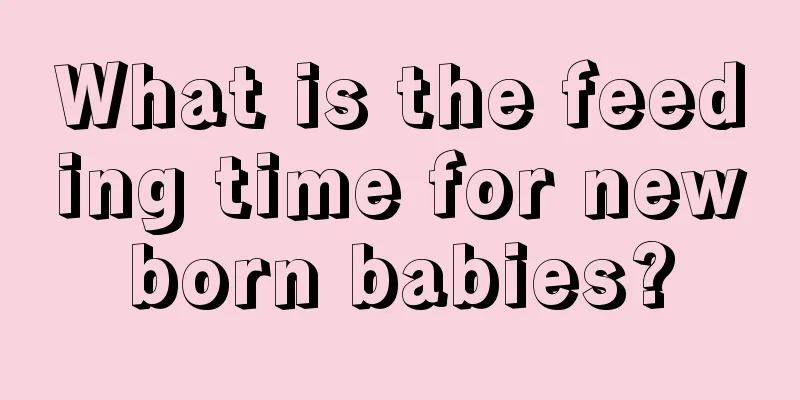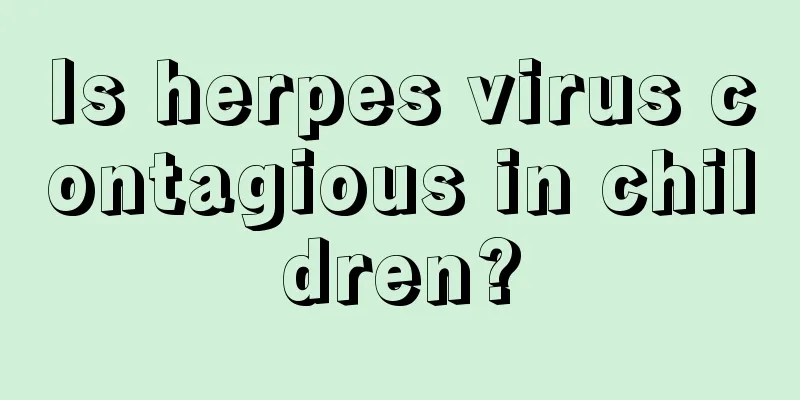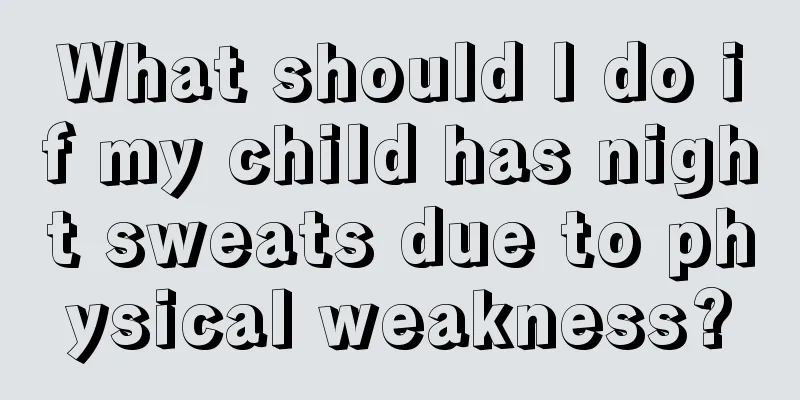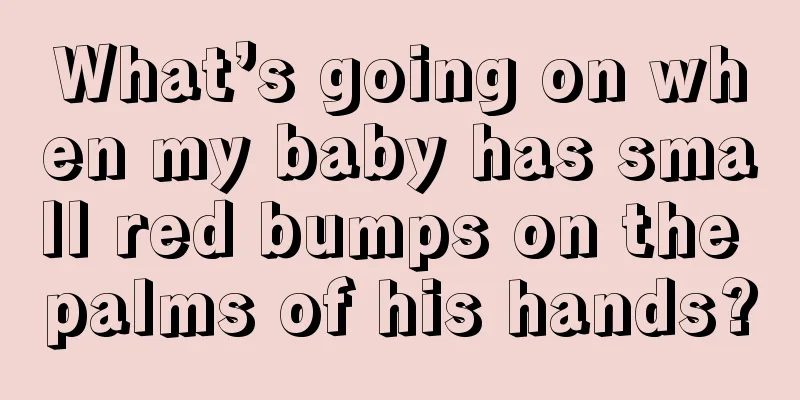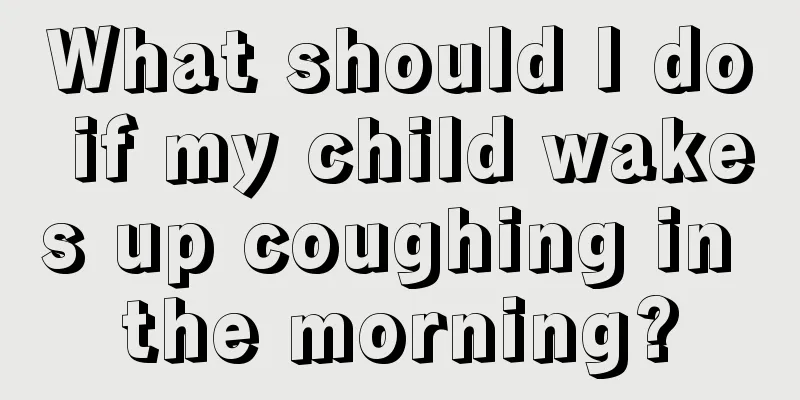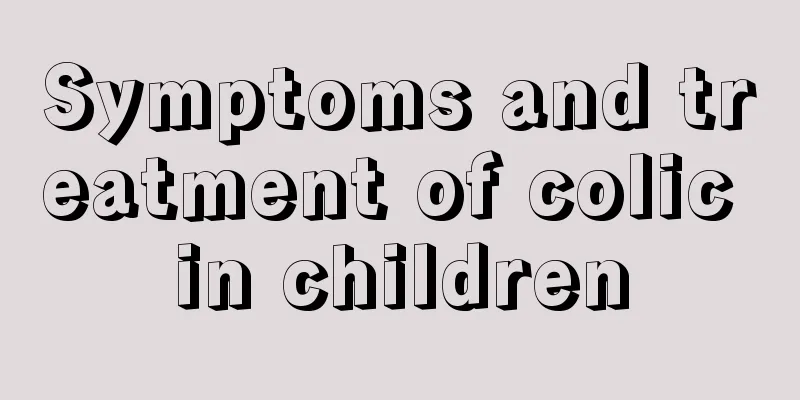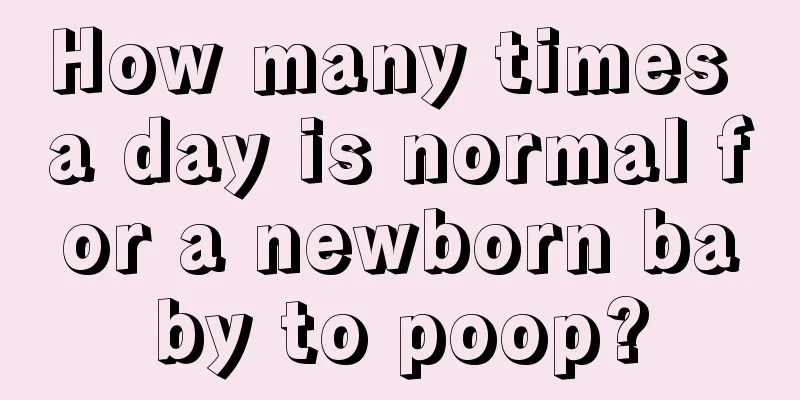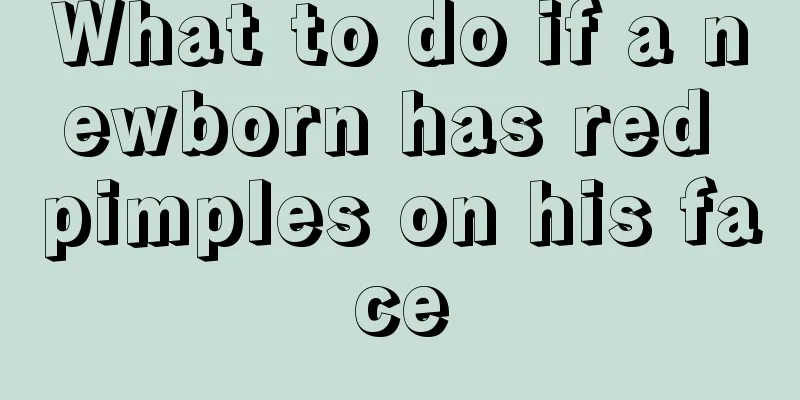What are the symptoms of allergic bronchial asthma in children
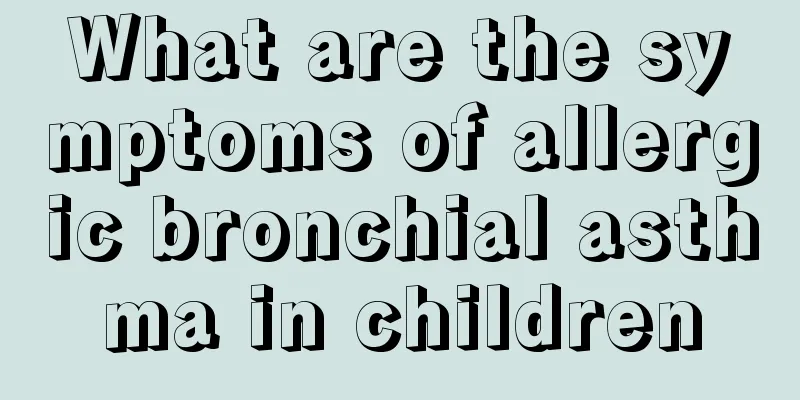
|
It should be noted that allergic asthma is a relatively stubborn disease that often occurs in infancy and childhood. If treatment is neglected in the early stages of the disease, the disease can accompany the child throughout his or her life. It is also important to note that a considerable number of children with allergic asthma will have varying degrees of allergic rhinitis symptoms, such as sneezing or runny nose, or itchy nose and tears. Before an allergic asthma attack, there are precursor symptoms such as sneezing, runny nose, coughing, chest tightness, etc. If not treated in time, asthma may occur due to worsening bronchial obstruction. In severe cases, the patient may be forced to sit or sit up to breathe, have a dry cough or cough up a lot of white foamy sputum, and even cyanosis. But generally it can be relieved by self-treatment or with anti-asthmatic drugs. Some patients may have another attack a few hours after relief, or even develop status asthmaticus. There are also atypical manifestations of asthma in clinical practice. For example, in cough variant asthma, patients cough without obvious cause for more than 2 months, and the attacks often occur at night and early morning. The symptoms are aggravated by exercise, cold air, etc. Airway reactivity tests show high reactivity. Antibiotics or antitussive and expectorant drugs are ineffective. The use of bronchial spasmolytics or corticosteroids is effective, but other diseases that cause coughing need to be ruled out. Complications: obstructive pulmonary emphysema and chronic cor pulmonale. During an asthma attack, the patient's chest swells, his shoulders rise, and he becomes noticeably short of breath with the slightest movement. Increased translucency can be seen in chest X-rays, and the patient thinks he has emphysema, but in fact this is not the case. This is because breathing becomes difficult during an asthma attack, so much of the air in the lungs cannot be exhaled, resulting in clinical manifestations similar to emphysema. However, these manifestations will disappear once the attack is relieved. Some scholars believe that if asthma is not complicated by chronic bronchitis, some people may still not have obvious symptoms of emphysema even after decades of illness. Statistics show that about 80% of emphysema patients have chronic bronchitis, 1/3 of chronic bronchitis patients have emphysema, but only about 1/10 of asthma patients have emphysema. It should be noted that since allergic bronchial asthma is often caused by allergies, when a child develops this disease, parents must be careful to keep their children away from allergens. Common allergens may be pollen, dust mites or dust in the room, or pet dander, etc. |
<<: What should I pay attention to when my child has cough variant asthma?
>>: Can children's cough variant asthma be cured?
Recommend
If a child accidentally falls on the back of his head, parents must handle it properly!
Children are usually naughty. If parents do not p...
What is the reason why an eight-month-old baby cannot sleep well?
For expectant fathers and mothers, the baby's...
What to do if the child does not grow taller
Parents all hope that their children are tall so ...
Baby is born with white spots on gums
After the baby is born, many parents begin to tak...
What should I do if my baby has a sneezing, runny nose or a stuffy nose?
The weather is getting cooler, and many people wi...
How to relieve the crying of babies when they are teething
Generally speaking, when a baby reaches April, he...
Why is my 7 month old baby retching?
Sometimes we may feel suddenly nauseous, and if w...
What should I do if my baby has tracheitis and phlegm?
If your baby suddenly coughs one day, the first w...
Four-year-old baby's tongue coating is white
The tongue coating can be used to diagnose many d...
What medicine should children take for gastrointestinal cold
Gastrointestinal colds are relatively common clin...
How many months does the baby start to grab things?
The healthy development of the baby after birth i...
What kind of facial mask is suitable for teenagers
In the process of growth and development, there a...
What medicine should children take for dry cough
Children are more susceptible to illness than adu...
How to correct children's picky eating habits?
Many children do not eat well and have no attract...
Mental health hazards for young children
Every child is innocent, so at this time, parenta...
